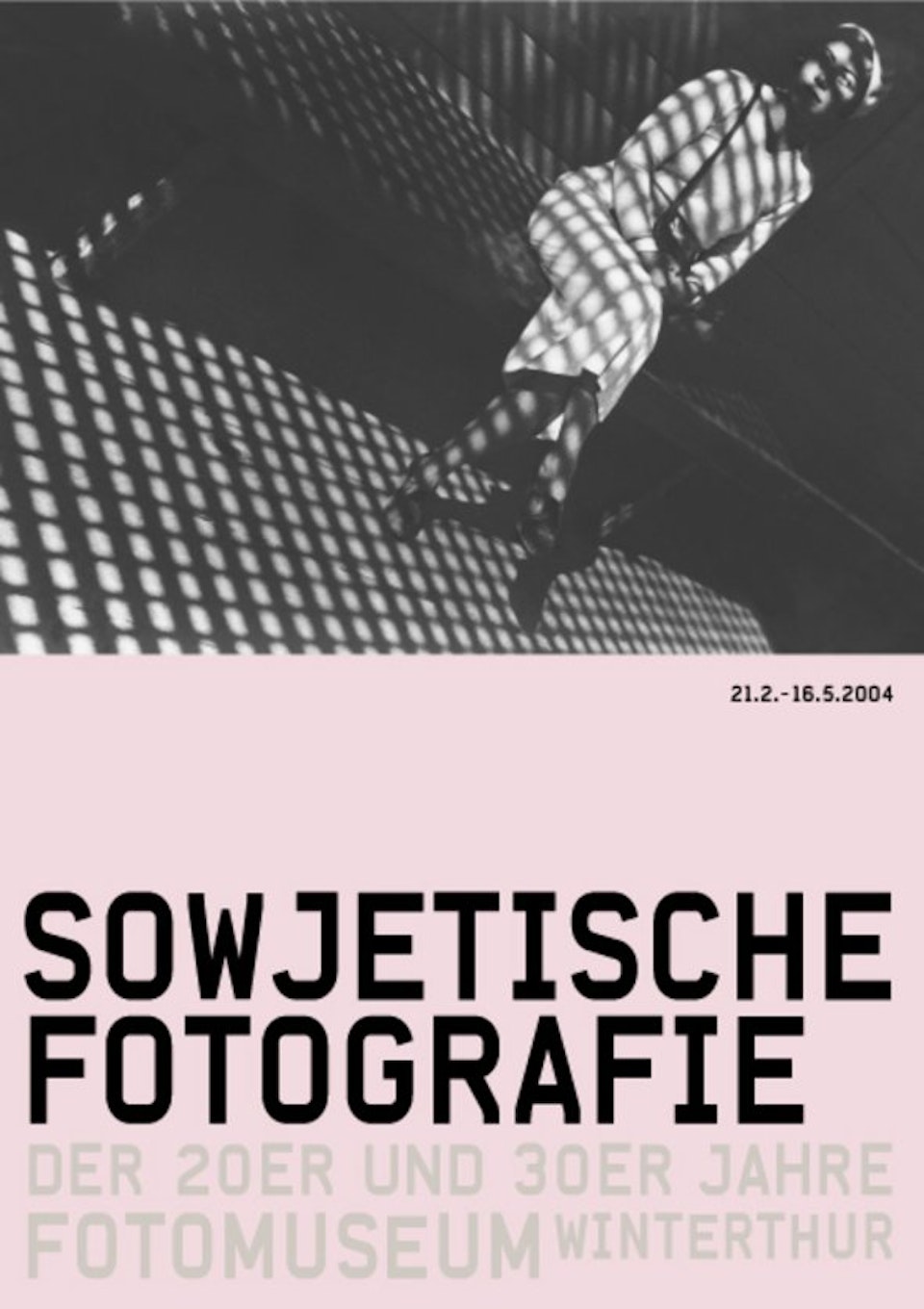
Soviet Photography from the 1920s and 30s
Modernity has brought photography into its own – twice over: it has given it self-awareness and self-confidence. Self-awareness, by virtue of the fact that photography recognized and developed its own possibilities and qualities during the 1920s, a searching way of looking at the world, an exploration of visible reality from different perspectives, direct, clear, from above, below, behind, in front, but without the frills and furbelows of the fund of art history; and self-confidence because photography turned away from its dependence on the pictorial ideas of romanticism, symbolism and impressionism and, virtually for the first time, learned to perceive, appreciate and be proud of its own inherent potential. With this development, photography made it clear that it was worthy of being taken seriously as an artistic medium.
This photographic modernity was led by impetuses from three geographically recognizable sources: from American photography with Charles Sheeler, Edward Steichen, Alfred Stieglitz, Paul Strand, Edward Weston and (later) Walker Evans; from photography in Germany with Karl Blossfeldt, Albert Renger-Patzsch, August Sander, László Moholy-Nagy and a few others; and finally, from the Soviet Union with constructivism which emerged in painting and photography, above all through Alexander Rodchenko, El Lissitzky and Boris Ignatovich. Aware that this new departure had an enormous influence worldwide on the photography of the 20th century, the Fotomuseum Winterthur has presented work by many of these photographers, most recently Charles Sheeler, a photographer who, although his significance has been somewhat underestimated, remains perhaps unsurpassed as regards his radicality and his awareness of the modern image. Now, after extensive exhibitions of American and German modernistic photography, we have great pleasure in presenting the exhibition Soviet Photography from the 1920s and 30s dedicated to the third important “wave” of photographic modernity.
The unusual thing about this exhibition and book are the numerous outstanding photographers and the many excellent vintage photographs, shown here in an unsurpassed variety and quality. But the really special thing is Olga Sviblova’s concept of showing three photographic trends in the Soviet Union parallel and with their references to one another: pictorialism side by side with constructivist photography, and both of them confronted by the ideology of socialist realism that stipulated the aesthetics with which the artists and photographers had to conform. In the short period of time from 1920 to 1935, these three photographic trends of seeing and creating ran parallel to one another and influenced each other far more often and far more intensively than has hitherto been recognized; some of the photographers even explored all three directions.
The exhibition was curated by Olga Sviblowa. In collaboration with the House of Photography, Moscow, and the Galerie Alex Lachmann, Cologne.
Main sponsor: Dr. Carlo Fleischmann Foundation